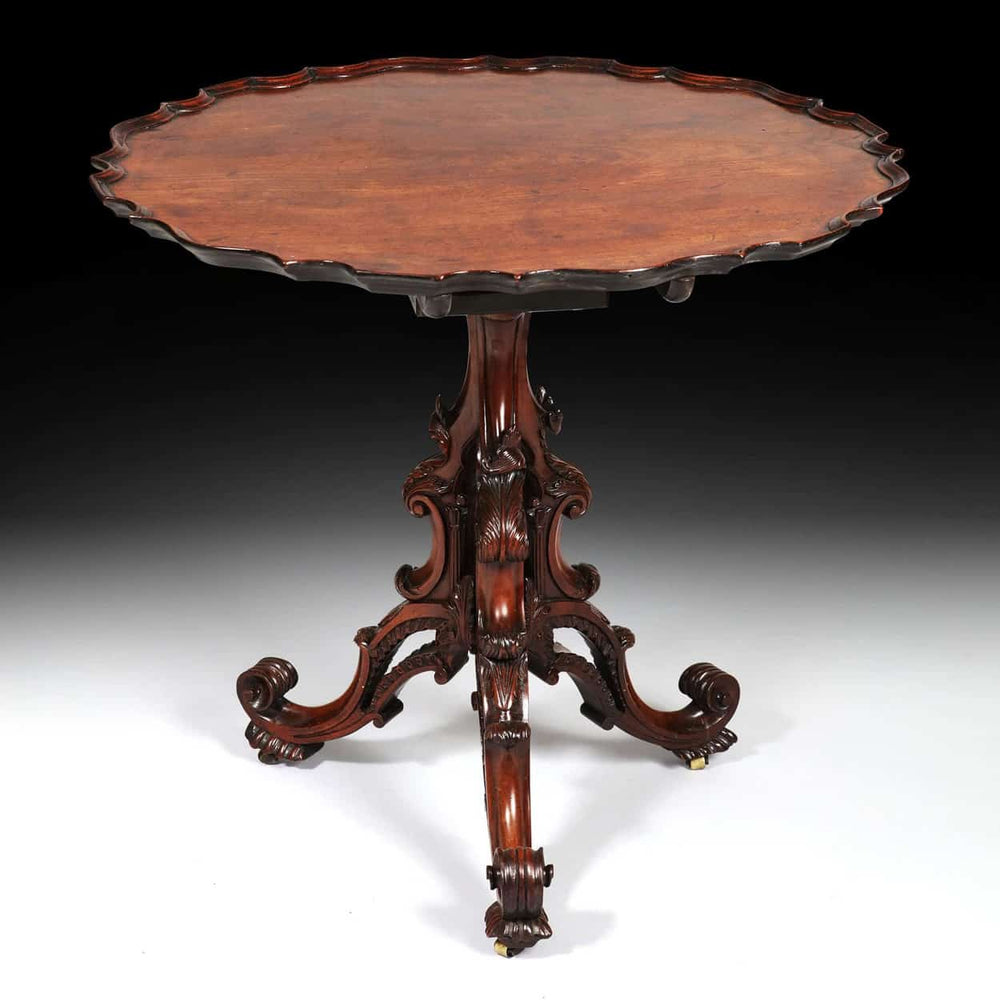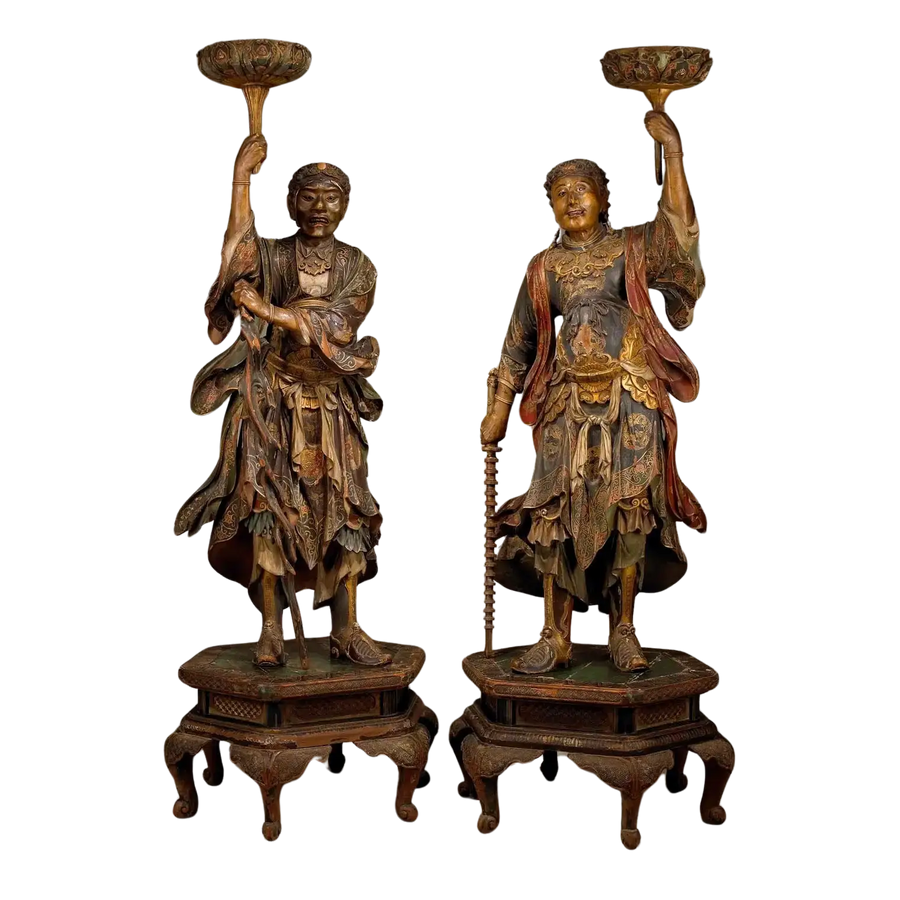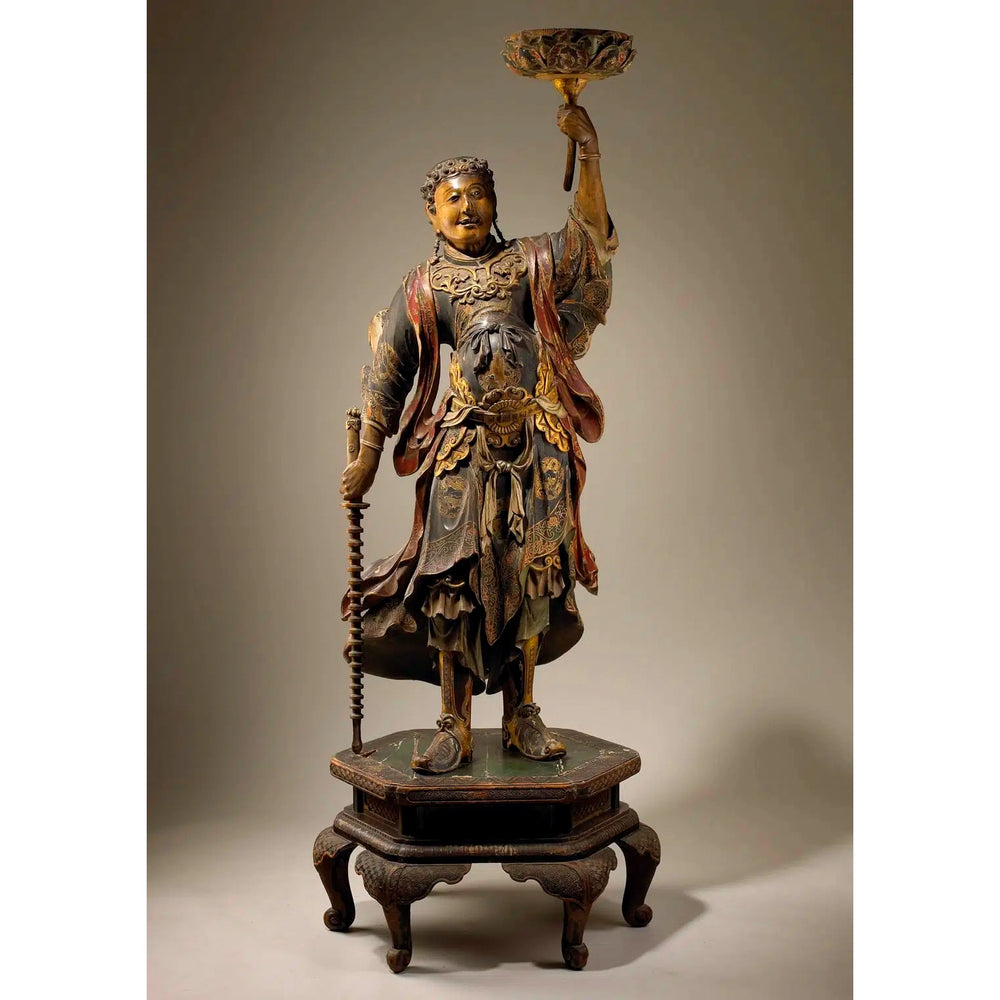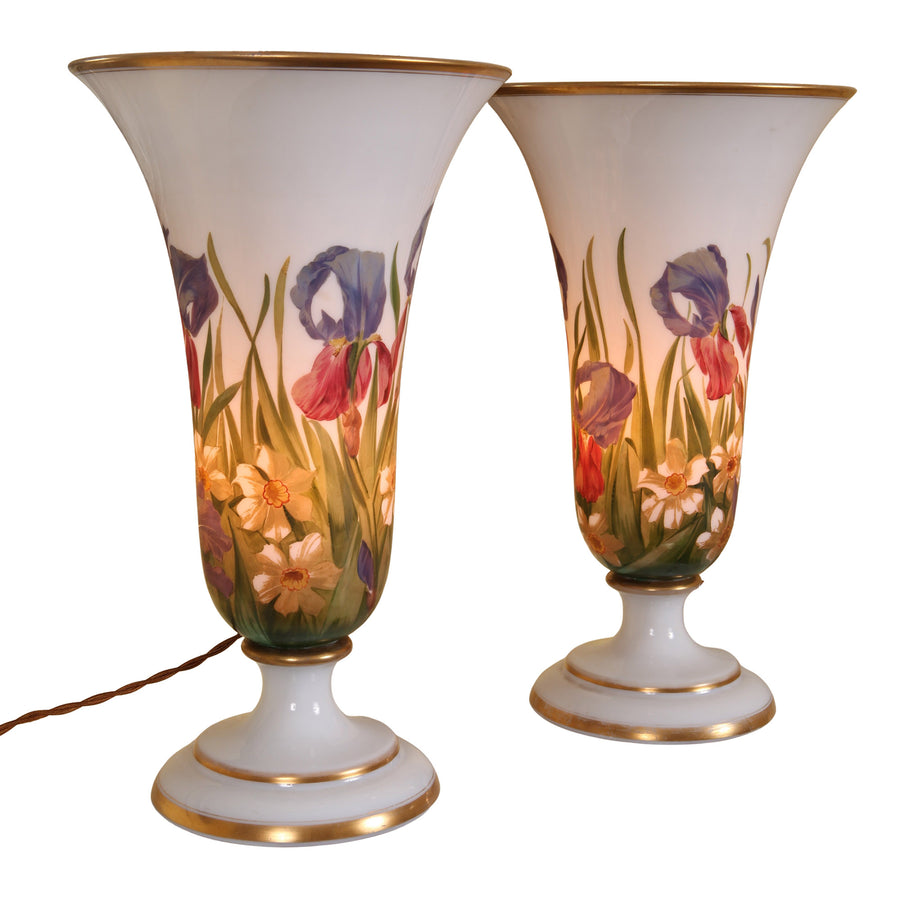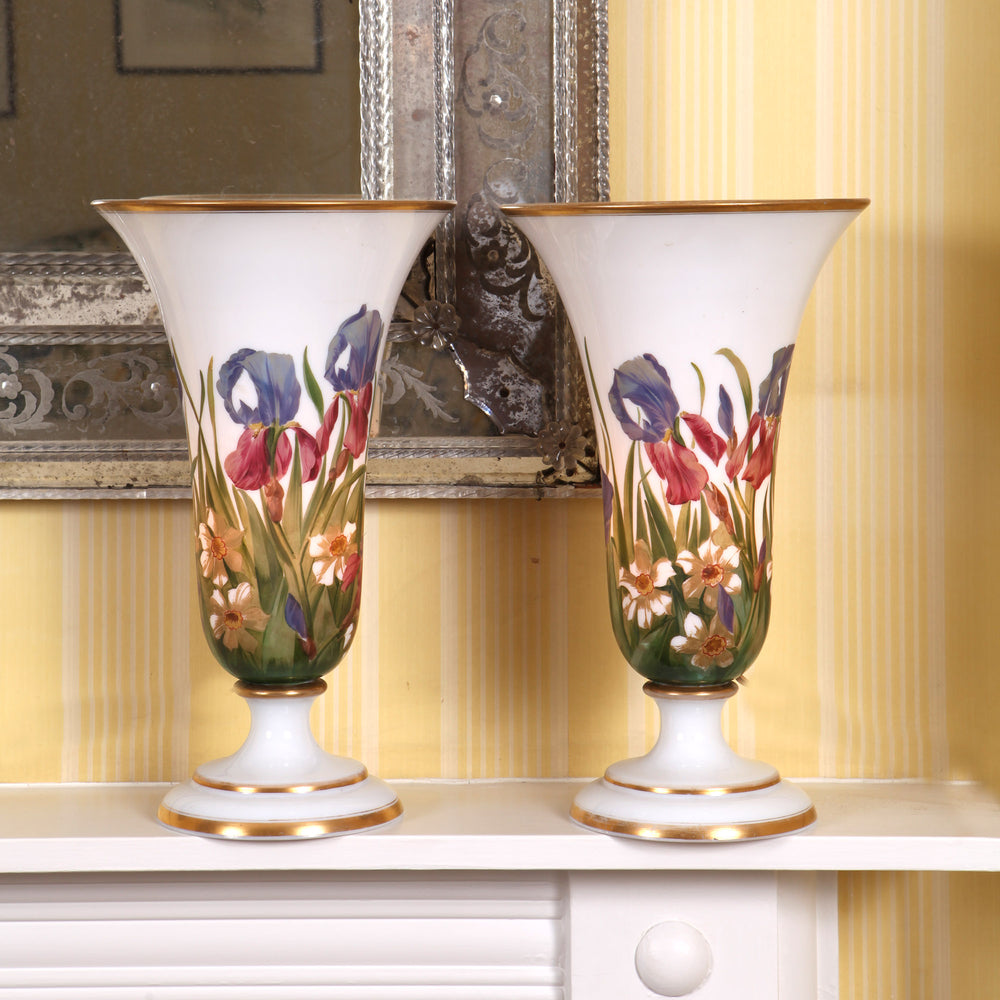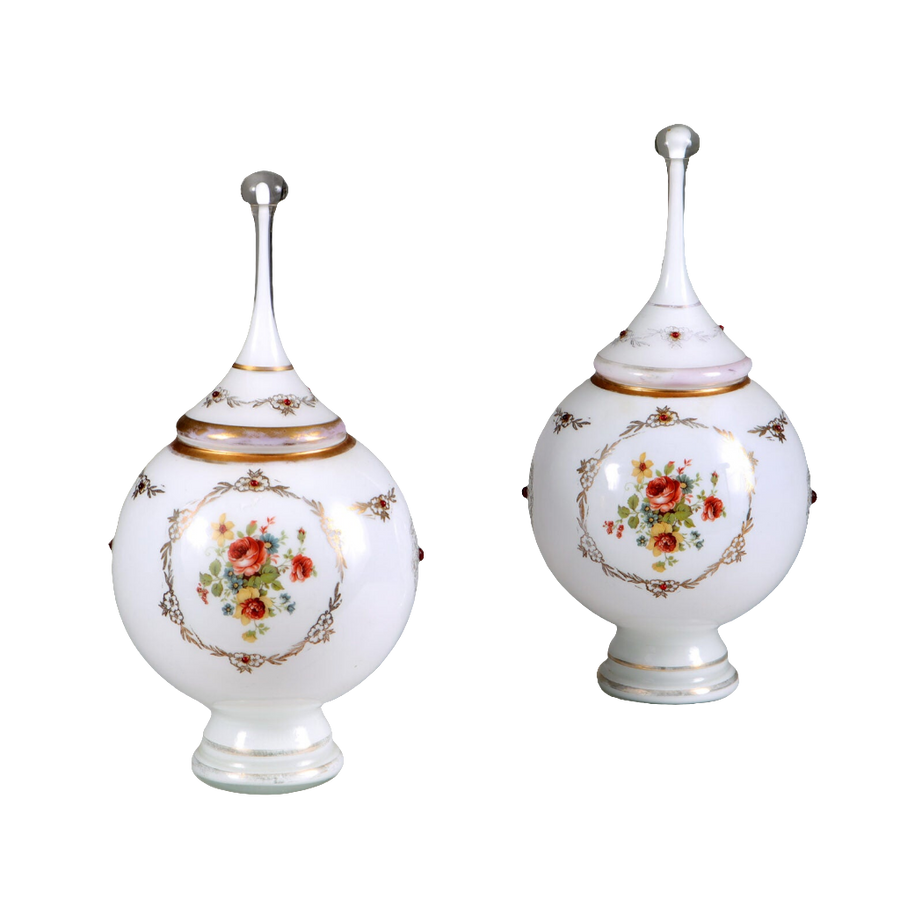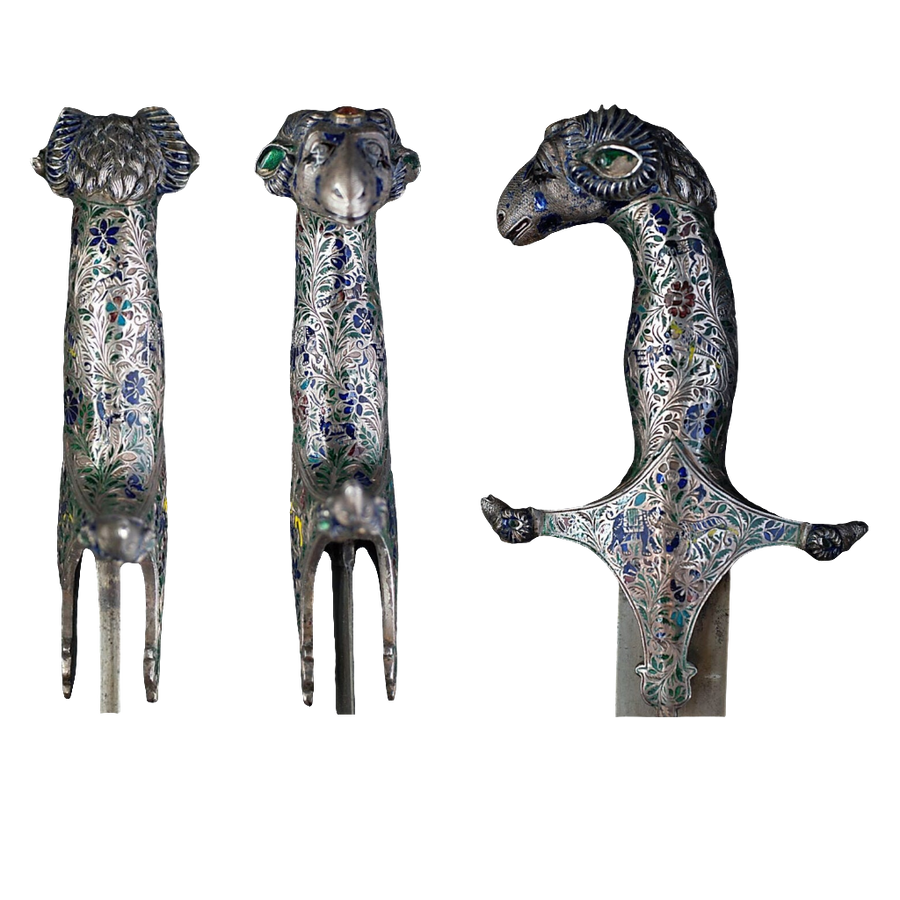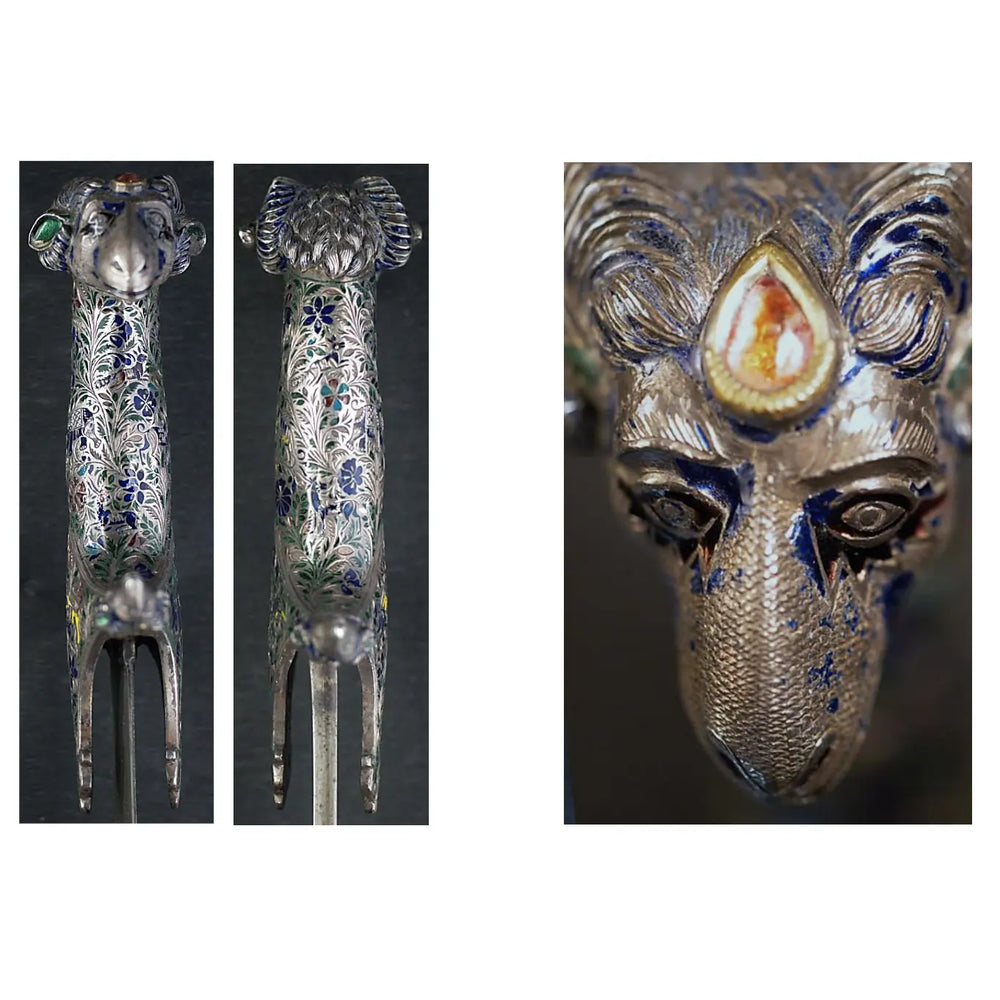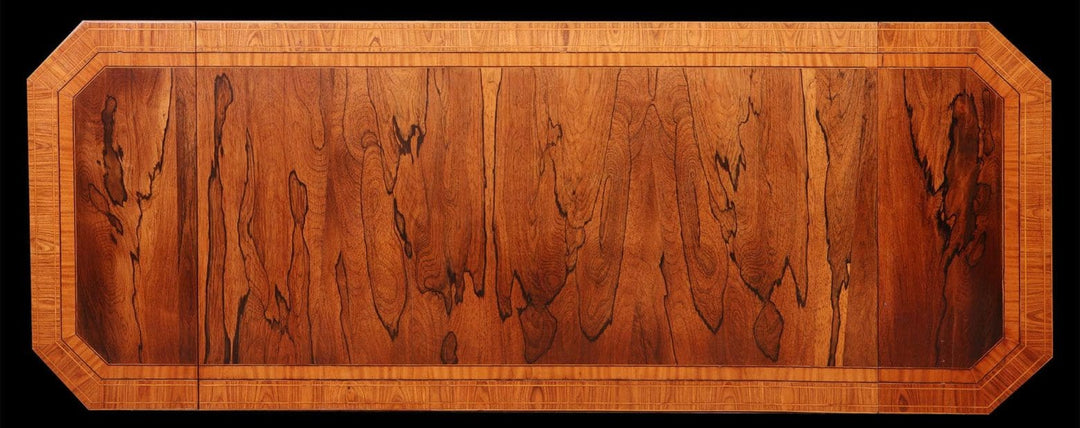Enamel—fused coloured glass applied to metal—has long added luminosity, durability and intricate detail to decorative objects. Across centuries and continents, enamelling methods have adapted to stylistic movements and technical innovations, leaving behind exquisite artefacts in both public and private collections.
🔥 What Is Enamel?
Enamel is produced by applying powdered glass, coloured with metallic oxides, to metal surfaces and then firing at high temperatures. Once cooled, the result is a glassy, often vividly coloured surface, resistant to wear and suited to complex design.
🧿 Major Techniques and Their Characteristics
1. Cloisonné
-
Process: Thin wires form enclosed cells that are filled with enamel.
-
Example: Cloisonné chalice, French, 13th century – V&A Museum.
-
Use: Common in religious objects and jewellery, spanning Byzantine to Chinese styles.
2. Champlevé
-
Process: Recesses are carved into the metal base; enamel is applied into these troughs.
-
Example: Reliquary Casket (Limoges enamel, 12th century) – V&A Museum.
-
Use: Frequently found in medieval Christian art, notably on ecclesiastical items.
3. Basse-taille
-
Process: A low-relief metal design lies beneath translucent enamel, reflecting light.
-
Example: Watch Case, French, c.1750 – V&A Museum (Guilloché and basse-taille combined).
-
Use: Popular in jewellery, boxes and fine horology during the Rococo period.
4. Painted Enamel
-
Process: Enamel colours are painted like miniature paintings directly onto metal.
-
Example: Portrait Plaques, Limoges enamel, 16th century – Wallace Collection.
-
Use: Allows finely shaded imagery, widely used in Renaissance portraiture and devotional pieces.
5. Plique-à-jour
-
Process: Translucent enamel held in open metal cells without backing, resembling stained glass.
-
Example: Art Nouveau brooch, c.1900 – V&A Jewellery Collection.
-
Use: Highly prized in early 20th-century jewellery for its luminous, delicate effect.
6. Guilloché Enamel
-
Process: Transparent enamel laid over machine-engraved metal patterns.
-
Example: Fabergé box, early 20th century – Wallace Collection.
-
Use: Characteristic of luxury Russian and French decorative objects during the Belle Époque.
7. En Résille & Encrusted Enamel
- Rare and experimental types involving glass mesh or sculptural layering; less widely represented but sometimes seen in contemporary collections.
📍 Enamel in Museum Collections
🏛️ Victoria and Albert Museum (London)
- Holds a vast collection of European enamel work from medieval to modern periods.
- Highlights include Limoges caskets, Renaissance jewellery, and Art Nouveau objets d’art.
- Notable for its Fabergé and French enamelled boxes, showcasing guilloché and plique-à-jour techniques.
🏛️ Wallace Collection (London)
- Rich holdings of painted enamel plaques, especially from Limoges, with allegorical and portrait subjects.
- Includes French enamelled timepieces, combining gilding and decorative enamelling.
- Offers close study of enamel in the context of luxury and refinement across 17th–19th-century Europe.
Enamel serves as both medium and muse—its blend of colour, glass and metal transforming objects into luminous artefacts. From ecclesiastical grandeur to the intimacy of a portrait miniature, enamelling techniques chart a journey of artistic ingenuity and cultural exchange, preserved today in museum collections that reflect its enduring appeal.
Enamel—fused coloured glass applied to metal—has long added luminosity, durability and intricate detail to decorative objects. Across centuries and continents, enamelling methods have adapted to stylistic movements and technical innovations, leaving behind exquisite artefacts in both public and private collections.
🔥 What Is Enamel?
Enamel is produced by applying powdered glass, coloured with metallic oxides, to metal surfaces and then firing at high temperatures. Once cooled, the result is a glassy, often vividly coloured surface, resistant to wear and suited to complex design.
🧿 Major Techniques and Their Characteristics
1. Cloisonné
-
Process: Thin wires form enclosed cells that are filled with enamel.
-
Example: Cloisonné chalice, French, 13th century – V&A Museum.
-
Use: Common in religious objects and jewellery, spanning Byzantine to Chinese styles.
2. Champlevé
-
Process: Recesses are carved into the metal base; enamel is applied into these troughs.
-
Example: Reliquary Casket (Limoges enamel, 12th century) – V&A Museum.
-
Use: Frequently found in medieval Christian art, notably on ecclesiastical items.
3. Basse-taille
-
Process: A low-relief metal design lies beneath translucent enamel, reflecting light.
-
Example: Watch Case, French, c.1750 – V&A Museum (Guilloché and basse-taille combined).
-
Use: Popular in jewellery, boxes and fine horology during the Rococo period.
4. Painted Enamel
-
Process: Enamel colours are painted like miniature paintings directly onto metal.
-
Example: Portrait Plaques, Limoges enamel, 16th century – Wallace Collection.
-
Use: Allows finely shaded imagery, widely used in Renaissance portraiture and devotional pieces.
5. Plique-à-jour
-
Process: Translucent enamel held in open metal cells without backing, resembling stained glass.
-
Example: Art Nouveau brooch, c.1900 – V&A Jewellery Collection.
-
Use: Highly prized in early 20th-century jewellery for its luminous, delicate effect.
6. Guilloché Enamel
-
Process: Transparent enamel laid over machine-engraved metal patterns.
-
Example: Fabergé box, early 20th century – Wallace Collection.
-
Use: Characteristic of luxury Russian and French decorative objects during the Belle Époque.
7. En Résille & Encrusted Enamel
- Rare and experimental types involving glass mesh or sculptural layering; less widely represented but sometimes seen in contemporary collections.
📍 Enamel in Museum Collections
🏛️ Victoria and Albert Museum (London)
- Holds a vast collection of European enamel work from medieval to modern periods.
- Highlights include Limoges caskets, Renaissance jewellery, and Art Nouveau objets d’art.
- Notable for its Fabergé and French enamelled boxes, showcasing guilloché and plique-à-jour techniques.
🏛️ Wallace Collection (London)
- Rich holdings of painted enamel plaques, especially from Limoges, with allegorical and portrait subjects.
- Includes French enamelled timepieces, combining gilding and decorative enamelling.
- Offers close study of enamel in the context of luxury and refinement across 17th–19th-century Europe.
Enamel serves as both medium and muse—its blend of colour, glass and metal transforming objects into luminous artefacts. From ecclesiastical grandeur to the intimacy of a portrait miniature, enamelling techniques chart a journey of artistic ingenuity and cultural exchange, preserved today in museum collections that reflect its enduring appeal.
Read More






